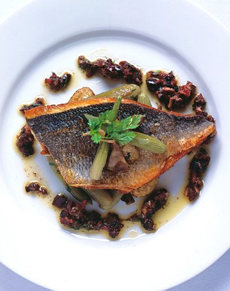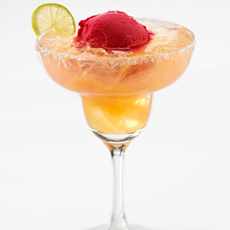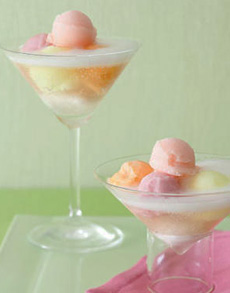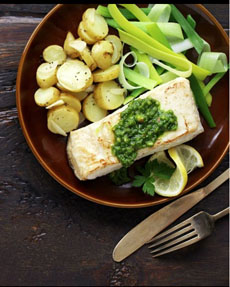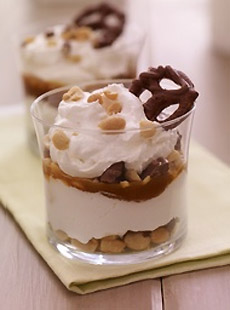Preparation: Fish
1. TURN grill on; you want it to be fairly hot, so the fish cooks quickly. Oil the grill with a cloth: This avoids sticking and breaking.
2. OIL the fillets and season with salt and pepper. Don’t drench the fish with oil, just brush it. Otherwise, the grill may flare up from the excess oil. Place the fillets on the grill and leave them there. Don’t play with the fish; let the grill marks set in.
3. FLIP fish with a spatula once, halfway through cooking. Be gentle: Fish is delicate, unlike a burger or chicken. If the grill is hot enough and oiled correctly, the fillets should neither stick nor break. This, of course, takes practice!
4. COVER and let the fish finish grilling. The process shouldn’t take longer then 8 minutes. The fish will continue to cook when taken off the grill. If undercooked you can return it to the grill (in restaurants they finish it in the oven). But try the undercooked fish: The flavor is more elegant and never “fishy.” The greatest sin is dry, overcooked fish.
5. ADD sauce and serve. Plate it chef-style: Place the fish atop a bed of starch (noodles, potatoes, rice) or green vegetables (kale, spinach, zucchini) and drizzle the sauce around the circumference of the plate.
Preparation: Sauce
1. COMBINE onion, garlic and jalapeño in a pan with oil; sweat them over medium high heat.
2. ADD tomatoes, olives, capers, thyme and cilantro.
3. SEASON with salt and pepper.
4. GARNISH with cilantro; or for something more special, fried capers.
Chef Scott likes to serve this dish with a sweet potato hash.
FILET VS. FILLET
Filet (fee-LAY) is French, fillet (FILL-let) is British. They mean the same thing: a boneless cut or slice of fish or meat.
|

